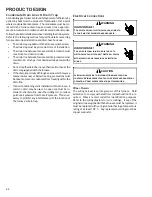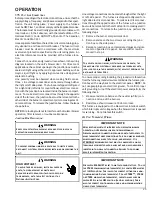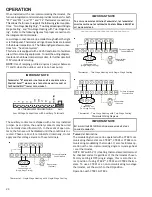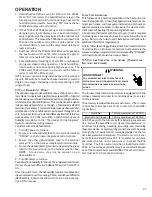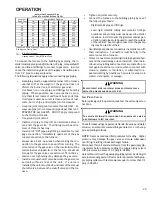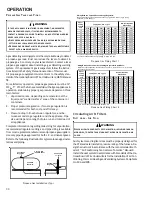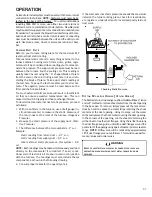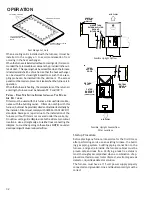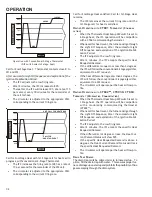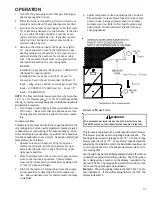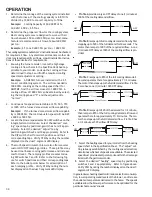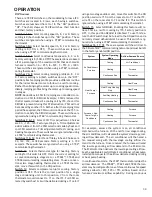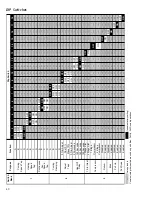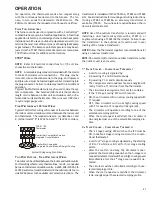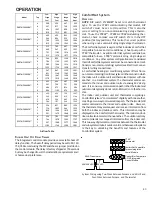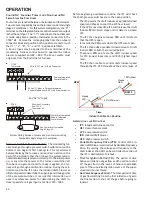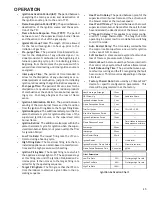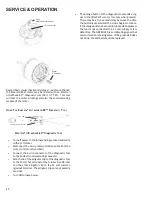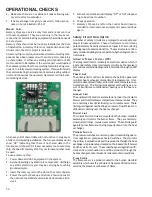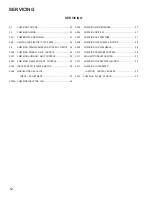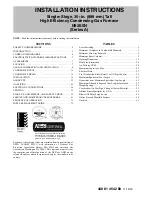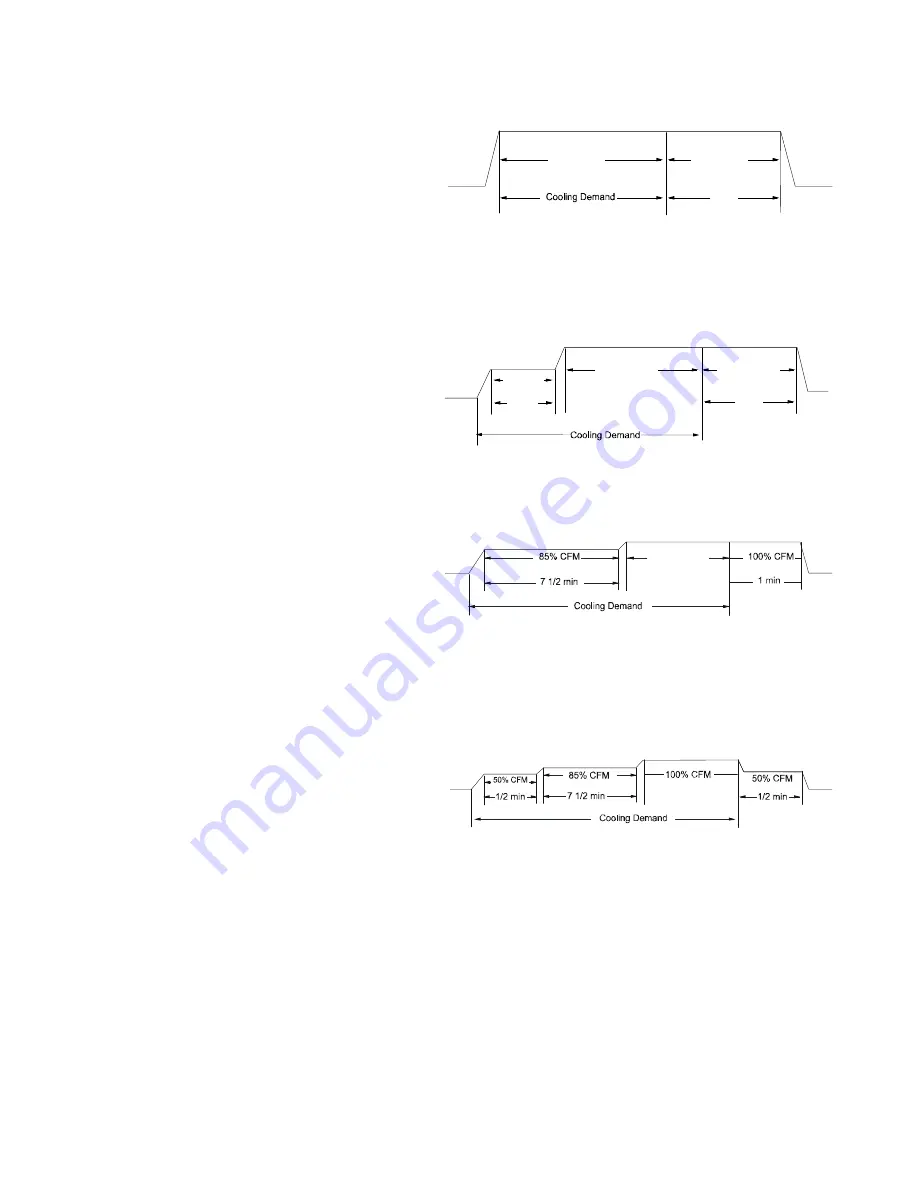
38
1. Determine the tonnage of the cooling system installed
with the furnace. If the cooling capacity is in BTU/hr
divide it by 12,000 to convert capacity to TONs.
Example:
Cooling Capacity of 30,000 BTU/hr.
30,000/12,000 = 2.5 Tons
2. Determine the proper air flow for the cooling system.
Most cooling systems are designed to work with air
flows between 350 and 450 CFM per ton. Most manu-
facturers recommend an air flow of about 400 CFM
per ton.
Example:
2.5 tons X 400 CFM per ton = 1000 CFM
The cooling system manufacturer’s instructions must be checked
for required air flow. Any electronic air cleaners or other de-
vices may require specific air flows, consult installation instruc-
tions of those devices for requirements.
3. Knowing the furnace model, locate the high stage
cooling air flow charts in the Specification Sheet ap-
plicable to your model. Look up the cooling air flow
determined in step 2 and find the required cooling
speed and adjustment setting.
Example:
A DM97MC furnace installed with a 2.5
ton air conditioning system. The air flow needed is
1000 CFM. Looking at the cooling speed chart for
DM97MC, find the air flow closest to 1000 CFM. A
cooling airflow of 1000 CFM can be attained by select-
ing the cooling speed “C” and the adjustment to
“normal”.
4. Continuous fan speed is selectable at 25%, 50%, 75%
or 100% of the furnace’s maximum airflow capability.
Example:
If the furnace’s maximum airflow capabil-
ity is 2000 CFM, the continuous fan speed will be 0.25
x 2000 or 500 CFM.
5. Locate the blower speed selection DIP switches on the
integrated control module. Select the desired “cool-
ing” speed tap by positioning switches 1 and 2 appro-
priately. Select the desired “adjust” tap by
positioning switches 9 and 10 appropriately. Refer to
the DIP switch chart for switch positions and their
corresponding taps. Verify CFM by noting the number
displayed on the dual 7-segment LED display.
6. The multi-speed circulator blower also offers several
custom ON/OFF ramping profiles. These profiles may
be used to enhance cooling performance and increase
comfort level. The ramping profiles are selected us-
ing DIP switches 7 and 8. Refer to the following fig-
ure for switch positions and their corresponding taps.
Refer to the bullet points below for a description of
each ramping profile. Verify CFM by noting the num-
ber displayed on the dual 7-segment LED display.
•
Profile A
provides only an OFF delay of one (1) minute at
100% of the cooling demand airflow.
OFF
100% CFM
100% CFM
1 min
OFF
•
Profile B
ramps up to full cooling demand airflow by first
stepping up to 50% of the full demand for 30 seconds. The
motor then ramps to 100% of the required airflow. A one
(1) minute OFF delay at 100% of the cooling airflow is pro-
vided.
50% CFM
1/2 min
100% CFM
100% CFM
1 min
OFF
OFF
•
Profile C
ramps up to 85% of the full cooling demand air-
flow and operates there for approximately 7 1/2 minutes.
The motor then steps up to the full demand airflow. Profile
C also has a one (1) minute 100% OFF delay.
100% CFM
OFF
OFF
•
Profile D
ramps up to 50% of the demand for 1/2 minute,
then ramps to 85% of the full cooling demand airflow and
operates there for approximately 7 1/2 minutes. The mo-
tor then steps up to the full demand airflow. Profile D has
a 1/2 minute at 50% airflow OFF delay.
OFF
OFF
7. Select the heating speed for your model from the heating
speed chart in the Specification Sheet. The “adjust” set-
ting (already established by the cooling speed selection)
determines which set of speeds are available. The selected
speed must provide a temperature rise within the rise range
listed with the particular model.
8. Select the desired “heating” speed tap by positioning
switches 3 and 4 appropriately. Refer to figure above.
Verify CFM by noting the number displayed on the dual 7-
segment LED display.
In general lower heating speeds will: reduce electrical consump-
tion, lower operating sound levels of the blower, and increase
the outlet air temperature delivered to the home. The speeds
available allow the blower performance to be optimized for the
particular homeowner’s needs.
OPERATION

